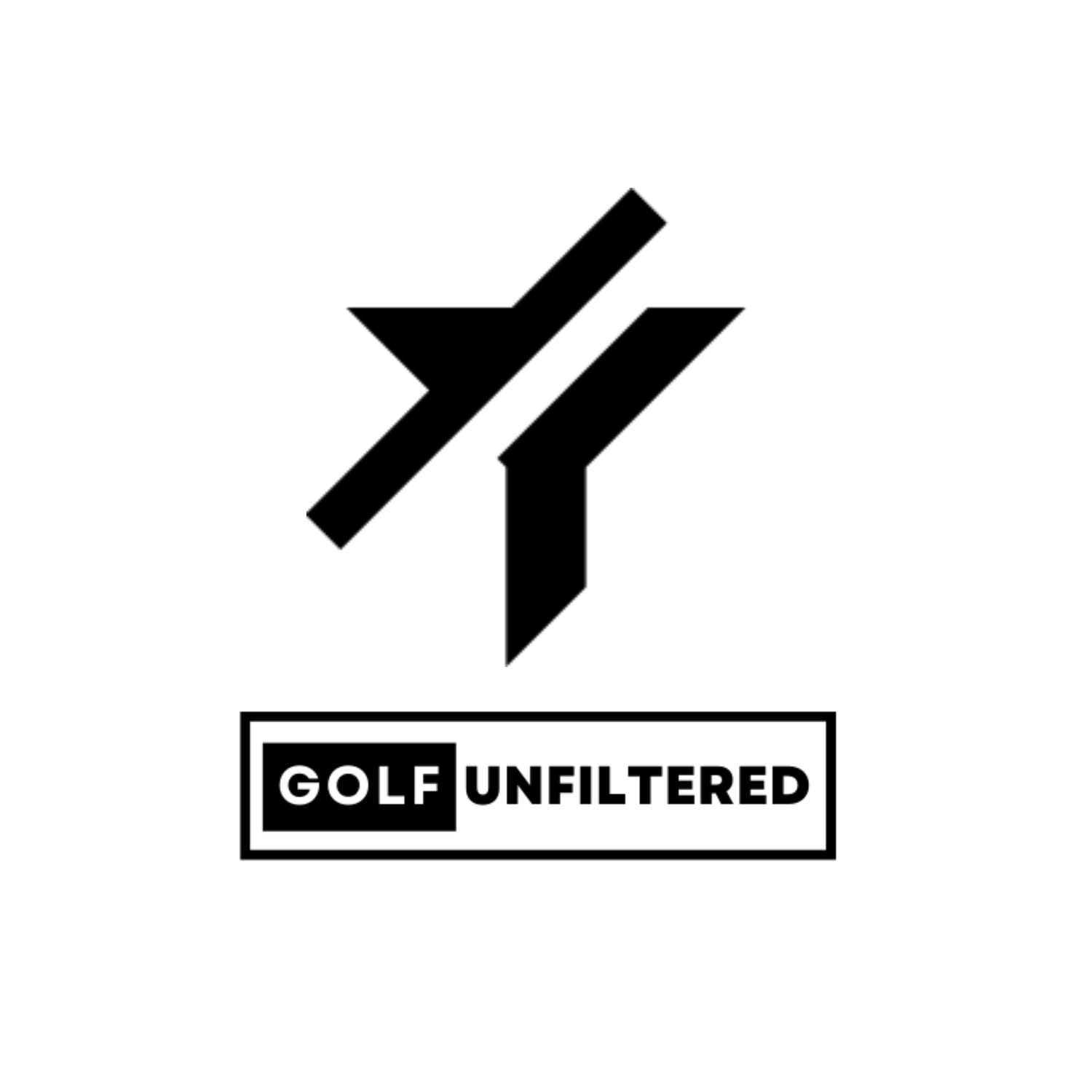Are PGA TOUR Elevated Events Really the Answer?
Let’s take some time to completely overreact to a narrative, shall we?
The PGA TOUR’s response to LIV Golf’s market competition was to unveil a new structure of elevated/designated events in 2023. Early response to the handful of events that fit this bill — including this week’s RBC Heritage at Harbor Town — have been positive among fans. After all, seeing more PGA TOUR stars more often is a good thing for fans at home and in the communities surrounding the events.
As our Dan Hauser correctly pointed out earlier this week, however, the decision to hold an elevated event the week following The Masters is questionable at best. Rory McIlroy — a Player Council Director and arguably the TOUR’s biggest face at the moment — chose to sit this week out while 2023 Masters winner Jon Rahm remained committed to the trip. As per the new structure, McIlroy must also forfeit $3 million of his 2022 Player Impact Program earnings for skipping his second elevated event this year (hat-tip to Samantha Marks for this reminder).
Rahm’s reasoning for playing the RBC was simple: let’s do it for the kids.
"I also, talking to [my wife], I put myself in the shoes of not only the spectators but the kids as well,” Rahm told reporters when asked if he considered taking the week off. “If I was one of the kids, I would want to see the recent Masters champion play good or bad, just want to be there."
This is a heartwarming response from the newest Masters Champ, as well as a mentality that is sure to win him even more fans. It’s also completely unsustainable in the long run.
The fact that players the stature of McIlroy and Rahm chose to skip or play in this week’s elevated event isn’t really the point. The issue is more around the rollout of the elevated event concept in the first place, dating back to PGA TOUR’s response to a new competitor in the marketplace. Is this structure, along with a drastic increase in tournament purses, really in the best interest of players and fans alike?
When Tiger Woods and McIlroy called a players-only meeting last August, the primary topic was, essentially, “how the hell do we respond to LIV Golf and keep you guys here?” We would eventually learn that the foundation for what would become the PGA TOUR’s new event structure was laid out during that meeting. Fast-forward a few more weeks, the rough draft became more conceptualized and sent to the PGA TOUR’s Player Advisory Council for a vote, during which it received mixed support. In fact, Peter Malnati — who also serves as another Player Council Director — disclosed that he was entirely against the proposal initially.
In a turn of events that should shock nobody, Malnati would eventually acquiesce and suddenly support the proposal. Weird.
Outside looking in, the rollout of these elevated events has been sloppy at best. News of some players being caught off guard by the “mandatory” nature of the events was incredible, especially for an organization the size of the PGA TOUR. This lead to implementing the “one missed event” change in the structure for players to take advantage of for personal or professional reasons.
While the new PGA TOUR season structure is in its infancy, the adjustment period all stakeholders are experiencing has been rough. The model is also unproven to date, relying on the TOUR’s stars to press harder and become more available in return for higher earning potential. As the professional sport world strengthens its awareness on athletes’ mental health and burnout prevention, is it too far-fetched to believe the TOUR’s new structure can do more harm than good?
